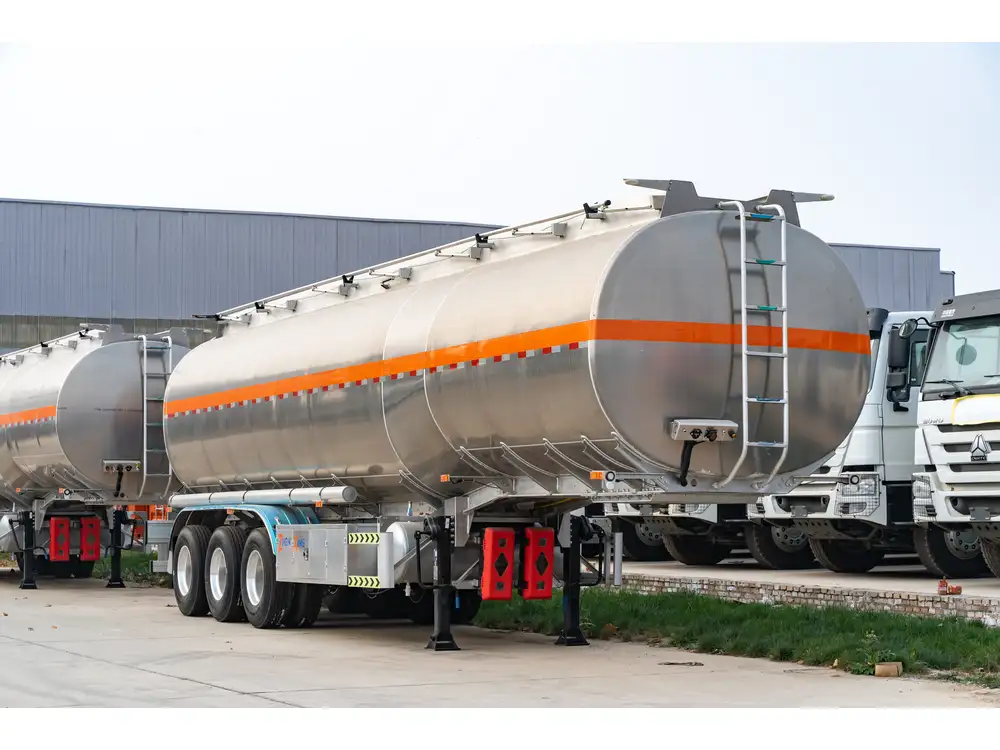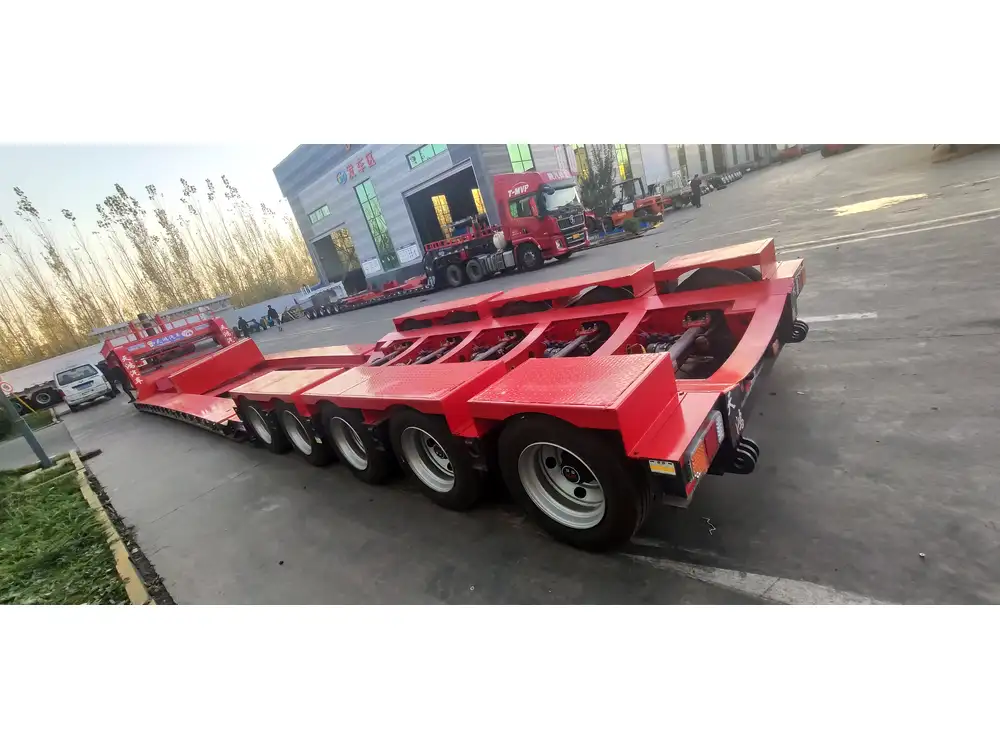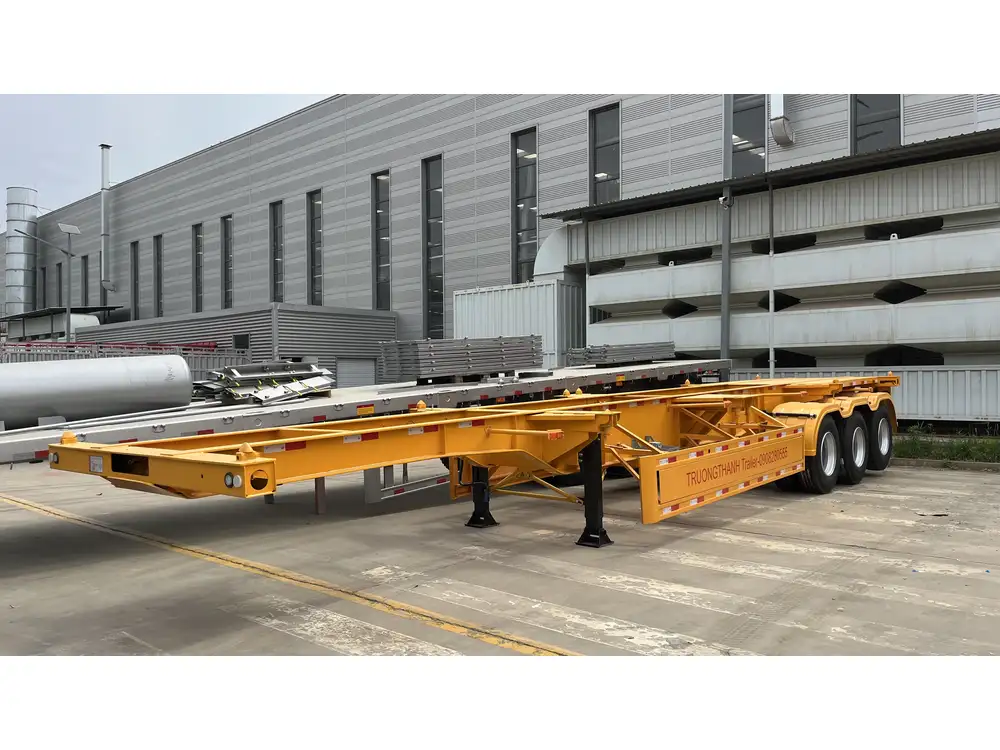When it comes to transportation, especially in logistics and freight operations, understanding the dimensions of vehicles like tractor trailers is essential. One of the most critical specifications is the width of the tractor trailer. This article dives into everything you need to know about how wide a tractor trailer is, the variables affecting its dimensions, the importance of these measurements in various contexts, and practical considerations for users in the industry.
Tractor Trailer Width Defined
The width of a tractor trailer – historically known as an 18-wheeler or semi-truck – generally falls within a specific range regulated by law. In the United States, the Federal Highway Administration (FHWA) mandates the following:
| Vehicle Type | Maximum Width (inches) | Typical Width (inches) |
|---|---|---|
| Tractor Trailer | 102 | 96 |
| Flatbed Trailers | 102 | 96 |
| Enclosed Trailers | 102 | 96 |
This means that the maximum permissible width for most tractor trailers is 102 inches, or 8.5 feet. However, many trailers are designed to be just 8 feet wide (96 inches), which is a common measurement.
Why Do Trailer Widths Matter?
The dimensions of tractor trailers play a significant role in safety, liability, and operational efficiency. Wider vehicles may require special permits to operate on specific roads, while narrower designs can enhance maneuverability.
- Safety Regulations: Government regulations help ensure that vehicles can safely navigate roads, especially in areas with limited space.
- Fuel Efficiency: Aerodynamics plays a significant role in fuel consumption. A wider load can lead to increased wind resistance, affecting miles per gallon (MPG).
- Cargo Transport: The width of the trailer directly impacts the type and volume of cargo it can transport. Consequently, understanding dimensions can influence pricing models for shipping services.

Determinants of Width in Tractor Trailers
Several factors dictate the physical width of a tractor trailer:
Intended Use: Some trailers are designed for specific cargo types, influencing their width. For example, refrigerated trailers may have different specifications than standard flatbeds.
State Regulations: Various states may impose different requirements or allowances for trailer dimensions, causing slight variations from the federal standard.
Loading Mechanisms: The type of loading/unloading technology (such as ramps or lifts) can necessitate certain widths for functional reasons.
Exploring Dimension Variability
| Factor | Impact on Width |
|---|---|
| Cargo Type | May require specialized designs |
| State Regulations | Can lead to varying width limits |
| Vehicle Configuration | Tandem or single axles may alter width |
| Design Standardization | Manufacturer practices |
Common Width Configuration Scenarios

Standard Cargo Trailers
Standard cargo trailers typically measure 102 inches. This width allows for efficient transport of a variety of goods—from palettes to machinery—within the industry specifications.
Equipment Trailers
Trailers designed to transport heavy machinery or construction equipment may regularly utilize the max width of 102 inches. However, wider loads often necessitate additional regulations, including:
- Wide Load Permits: Operators may need to acquire special permits to operate wide loads on public roads.
- Escort Vehicles: Certain cargo widths may require escort vehicles for safe passage.
Specialized Trailers
Some specialized trailers — such as those for perishable goods — may have widths that are outside the 102-inch limit. Custom designs can provide specific benefits tailored to unique business needs.

Practical Application of Tractor Trailer Width
Understanding the width of a tractor trailer can have numerous practical implications:
Port & Freight Specifications
Freight companies often depend on precise dimensions to optimize shipping and loading operations. For example, a wider trailer can affect berth requirements at a port.
Highway Regulations and Compliance
Certain highways, especially those leading into urban areas, may have restrictions on trailer widths. Companies must often adjust routes and schedules based on these regulations to avoid fines.

Impact on Vehicle Maintenance
Width also impacts maintenance schedules. Wider trailers could present unique challenges in terms of upkeep and repair, requiring tailored servicing solutions.
Common Misconceptions About Trailer Width
Wider Is Always Better: While wider trailers can carry more, they may also require more power and fuel, affecting overall cost-efficiency.
Federal Regulations Dictate All Dimensions: States often implement their regulations, creating a patchwork of laws that affect width permissions and legality.
Width Doesn’t Affect Safety: The width of a tractor trailer can be linked to stability during transport. When cornering, wider trailers may have different handling characteristics.
Conclusion
Understanding the nuances of tractor trailer width is crucial for manufacturers, drivers, and logistics professionals alike. With a federal maximum width of 102 inches, most trailers designed for standard cargo are built efficiently to navigate the myriad challenges posed by cargo transport. The interplay between width, regulations, and practical applications leads to significant implications for safety, operational efficiency, and compliance.

Key Takeaways:
- Standard Width: Most tractor trailers are designed to be either 96 or 102 inches wide.
- Safety and Regulation: Operators must be cognizant of state-specific regulations concerning width.
- Adapting for Cargo Needs: Choosing the right trailer width is essential for meeting regulations and maximizing load efficiency.
As the logistics industry continues evolving, maintaining an informed understanding of dimensions such as tractor trailer width will prove beneficial, ensuring that businesses can operate smoothly and effectively in a demanding environment.



